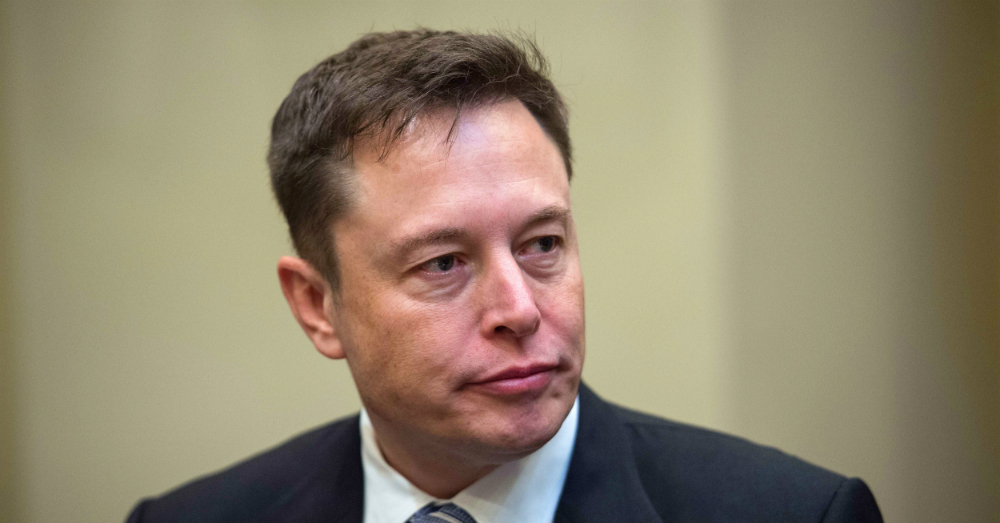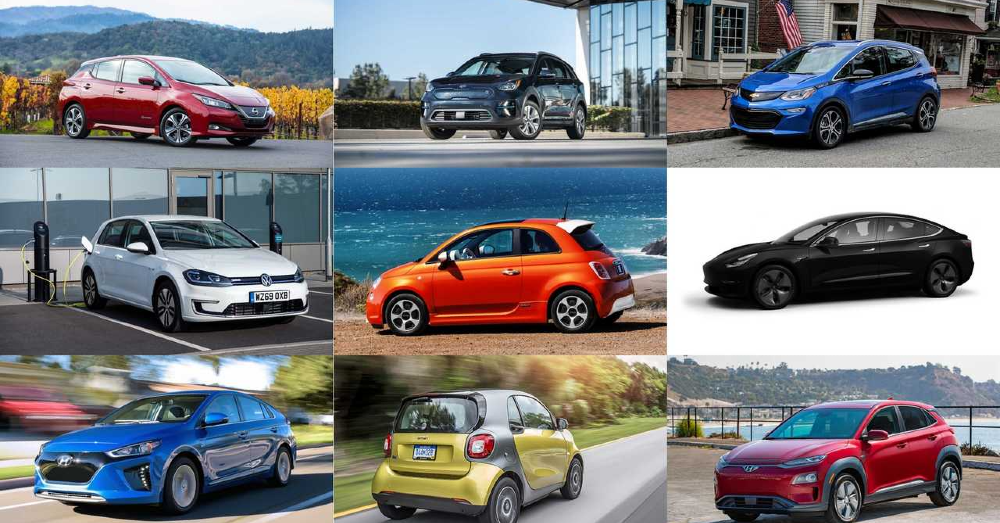Stance, The idea that machines can eventually do nearly everything for us is a bit scary. There was time in human existence you were going to receive enough exercise throughout the day to stay fit and trim but today we exercise for recreation and for many of us, to fight the midsection bulge that comes as a result of invention and industry. Even so, the idea that our cars can eventually drive autonomously for us is one that gives us the thought that we could eventually make use of this time we spend commuting to and from our place of business on a daily basis.
Tesla has been admired and criticized for the technology and vehicles they produce. This automaker has been under fire for several months because of the way some owners of the Model S have become so dependent upon the AutoPilot feature they choose not to drive the car and pay attention when behind the wheel. While Tesla has always stated the AutoPilot system is a semi-autonomous system and not to replace the driver, there were some that didn’t listen and most famously ended up in car crashes that were fatal to them as the driver.
Because of the amount of negative coverage and with the safety of owners in mind Tesla has taken their AutoPilot system in reverse to make it safer for drivers to use and enjoy. This system is still considered a semi-autonomous system but there are new programming roll outs coming that will bring more capability to the hardware and software package of the Tesla AutoPilot system. While we expect to see more advanced hardware and capability in the future the company has pulled back the reigns of the system to put this system on a leash of sorts.
The newest hardware suite for the AutoPilot system that’s called the HW2 which will send over the air updates for the system. The new version will have Autosteer added but that functionality will be severely limited. Those who own the Tesla models that have the AutoPilot with the HW2 upgrades will be limited to a top speed of 45 mph on the road. Some of the cars that have this system will also need to have their cameras recalibrated to make sure the system works the way it’s supposed. Overall, this is a seriously limiting system that will hopefully keep Tesla owners out of collisions when the AutoPilot is engaged.
Other improvements being made in the vehicles that will have the HW2 system aboard is the addition of forward collision warnings and adaptive cruise control and these two features will also have a limit of a top speed of 75 mph to help keep the dependence upon automatic systems at bay. As this version of the automated system from Tesla is added to the vehicles built now, it’s a few steps behind the older system, but that’s on purpose. Right now these vehicles won’t have autonomous emergency braking, but in the future the systems aboard will enable full autonomy on the road.
The plan from Tesla is to gradually increase the speed limits on the Autosteer and the adaptive cruise control as the features that work around these will be improved and upgraded. The decision to wait on some of this is caused by the need to research and decide if and when to release the updates that will lead toward fully autonomous driving. Even though Tesla always said the AutoPilot was semi-autonomous it was too good for those who were willing to put their faith in their cars from the start; which is one of the hurdles autonomous vehicles do have to jump over.
This post may contain affiliate links. Meaning a commission is given should you decide to make a purchase through these links, at no cost to you. All products shown are researched and tested to give an accurate review for you.





